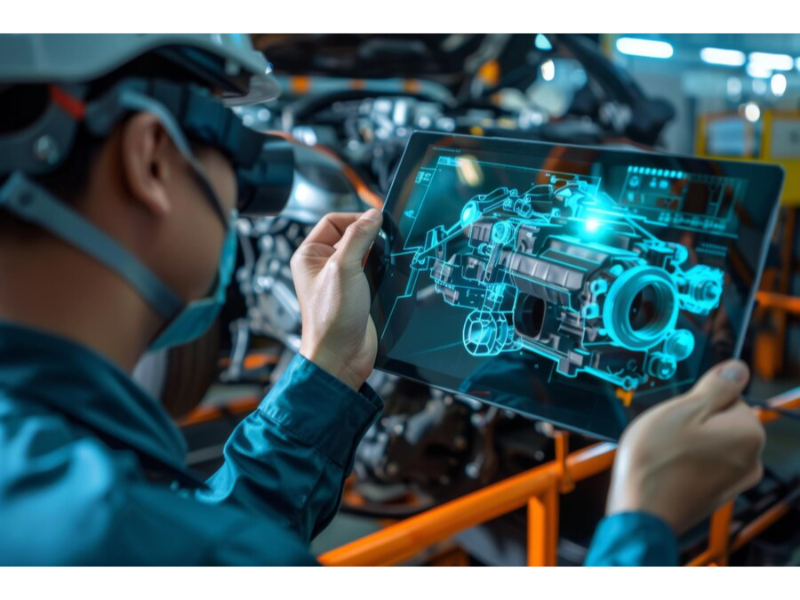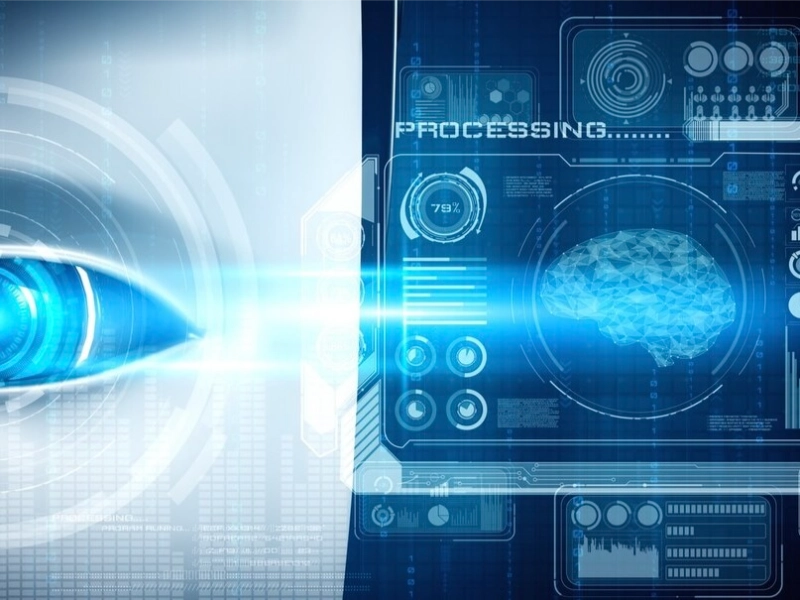- Computer vision utilises data science methodologies such as machine learning and big data analytics to interpret and extract insights from visual data.
- The fusion of computer vision and data science has led to advancements in autonomous vehicles, medical diagnostics, and security surveillance.
- Examining the role of computer vision within data science reveals its reliance on data preprocessing, model training, and predictive analytics.
Computer vision is a field within computer science and artificial intelligence that focuses on enabling machines to interpret and understand visual information from the world, such as images and videos. Data science, with its emphasis on extracting knowledge and insights from data, provides the foundational techniques and tools that power computer vision applications.
What is data science?
Data science is a multidisciplinary field that employs scientific methods, algorithms, and systems to extract knowledge and insights from structured and unstructured data. It encompasses various stages, including data collection, processing, analysis, and visualisation, to make data-driven decisions. The core components of data science include statistics, machine learning, and domain expertise, which collectively enable the transformation of raw data into actionable insights.
The core components of data science
Statistics and probability: Data science heavily relies on statistical methods to summarise and analyse data. Statistical techniques help in identifying patterns, trends, and correlations within data sets, providing the foundation for predictive modelling and hypothesis testing.
Machine learning: Machine learning, a subset of artificial intelligence, is integral to data science. It involves training algorithms on data to enable them to make predictions or decisions without being explicitly programmed. Supervised, unsupervised, and reinforcement learning are key types of machine learning methods used in data science.
Data processing and cleaning: Before analysis, data must be preprocessed to handle missing values, remove noise, and standardise formats. Data cleaning ensures the accuracy and reliability of the insights derived from the data.
Visualisation: Data visualisation tools and techniques are employed to present data in a graphical format, making it easier to understand and interpret. Effective visualisation is crucial for communicating findings and insights to stakeholders.
Also read: Intel develops the largest neuromorphic computer system
What is computer vision?
Computer vision is a field of artificial intelligence that focuses on enabling machines to interpret and understand the visual world. By analysing images and videos, computer vision algorithms can recognise objects, detect anomalies, and perform various tasks that mimic human visual perception. The applications of computer vision span numerous industries, including healthcare, automotive, retail, and security.
Key techniques in computer vision
Image classification: Image classification involves assigning labels to images based on their content. This technique is widely used in applications such as facial recognition, medical imaging, and automated tagging in social media.
Object detection: Object detection goes beyond classification by identifying and localising objects within an image. Techniques like YOLO (You Only Look Once) and Faster R-CNN (Region-Based Convolutional Neural Networks) are commonly used for real-time object detection in applications like autonomous driving and surveillance.
Segmentation: Image segmentation divides an image into meaningful segments or regions, often at the pixel level. Semantic segmentation assigns a class label to each pixel, while instance segmentation differentiates between individual objects of the same class.
Feature extraction: Feature extraction involves identifying key attributes or features within an image that can be used for further analysis. Techniques such as SIFT (Scale-Invariant Feature Transform) and HOG (Histogram of Oriented Gradients) are used to capture the essential characteristics of images.
The intersection of computer vision and data science
Data science techniques in computer vision: Computer vision relies on various data science techniques to process and analyse visual data. Machine learning algorithms, particularly deep learning models, play a crucial role in training computer vision systems to recognise patterns and make predictions. Convolutional Neural Networks (CNNs), a type of deep learning model, are specifically designed for image processing and have achieved remarkable success in tasks such as image classification and object detection.
Big data and computer vision: The advent of big data has significantly impacted computer vision, enabling the analysis of massive datasets to improve the accuracy and robustness of models. Large-scale datasets such as ImageNet have provided the foundation for training sophisticated computer vision algorithms, leading to breakthroughs in performance and capability.
Data annotation and labelling: For computer vision models to be effective, they require large amounts of labelled data. Data annotation and labelling are critical processes in preparing datasets for training. Techniques such as manual annotation, crowdsourcing, and automated labelling are employed to create high-quality labelled datasets that are essential for the success of computer vision applications.
Predictive analytics and computer vision: Predictive analytics, a key component of data science, is increasingly being integrated with computer vision to enhance decision-making processes. By combining visual data with other data sources, predictive models can provide more comprehensive insights and enable proactive measures in areas such as healthcare, manufacturing, and security.
Also read: Ensuring data protection in Cloud Connect services
Applications of computer vision in data science
Healthcare: In healthcare, computer vision is used to analyse medical images for diagnostics, treatment planning, and monitoring. Techniques such as image segmentation and classification are employed to detect anomalies in medical scans, identify tumours, and monitor the progression of diseases. Data science methods are crucial in processing and interpreting the vast amounts of visual data generated in medical imaging, leading to improved patient outcomes.
Automotive industry: The automotive industry leverages computer vision for applications such as autonomous driving, driver assistance systems, and vehicle safety. Object detection and segmentation are used to identify and track objects on the road, while machine learning algorithms analyse visual data to make real-time decisions. Data science plays a vital role in processing and analysing the data collected from sensors and cameras, enhancing the performance and safety of autonomous vehicles.

Retail and e-commerce: In retail and e-commerce, computer vision is used to enhance customer experience, optimise operations, and improve security. Applications include automated checkout systems, visual search engines, and inventory management. By analysing visual data from store cameras and customer interactions, data science techniques help retailers gain insights into customer behaviour, streamline operations, and personalise marketing strategies.
Security and surveillance: Computer vision is widely used in security and surveillance to monitor and analyse visual data for threat detection, access control, and incident response. Techniques such as facial recognition and object detection are employed to identify suspicious activities and enhance security measures. Data science methods are essential in processing the large volumes of visual data generated by surveillance systems, enabling real-time analysis and response.
Challenges and future directions
Data privacy and security: One of the significant challenges in computer vision and data science is ensuring data privacy and security. The collection and analysis of visual data raise concerns about the potential misuse of personal information and the need for robust data protection measures. Future advancements in computer vision must address these concerns by implementing privacy-preserving techniques and ensuring compliance with data protection regulations.
Scalability and performance: As the volume of visual data continues to grow, scalability and performance become critical issues. Developing efficient algorithms and models that can handle large-scale data while maintaining accuracy and speed is essential for the continued advancement of computer vision applications. Leveraging cloud computing and edge computing technologies can help address these challenges by providing scalable and high-performance solutions.
Ethical considerations: The ethical implications of computer vision and data science are increasingly being scrutinised. Issues such as bias in algorithms, the potential for surveillance abuse, and the impact on employment are critical considerations that must be addressed. Ensuring fairness, transparency, and accountability in the development and deployment of computer vision systems is crucial for fostering trust and promoting ethical use.
Integration with emerging technologies: The integration of computer vision with emerging technologies such as augmented reality (AR), virtual reality (VR), and the Internet of Things (IoT) presents exciting opportunities for innovation. Combining visual data with other sensory inputs can create immersive experiences and enable new applications in fields such as gaming, education, and smart cities. Future research and development should focus on exploring these synergies to unlock the full potential of computer vision.

